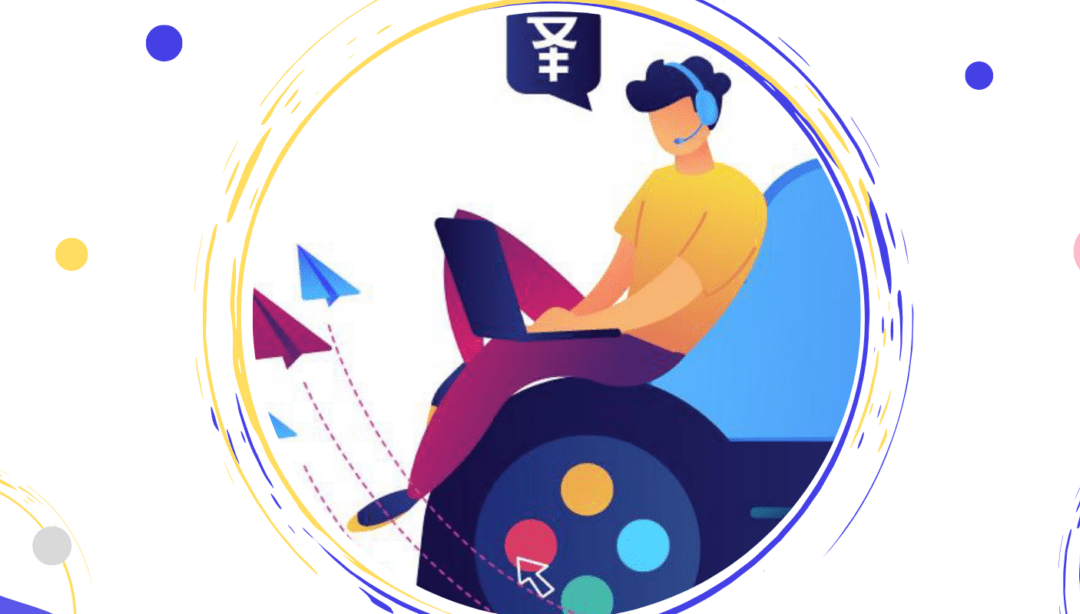If you were to ask a game industry professional what the first thing you should think about when developing a game (or even earlier, when you first have an idea about a potential game), they would answer: target audience (or buyer persona.
Why?
First, because knowing who you are targeting will increase your chance to develop a high-ROI (Return on Investment) product. Let’s imagine this: when creating a game, think about the person who will play your game. Imagine the following dialogue:
“Player: Oh, I love so much this game! I spend hours playing it! It’s so interactive and gives me so many options! I just love it! I would be glad to pay to download/play/buy it!
You: Oh, I love so much selling this game to you! I’m so happy you enjoy it!”
This hypothetic discussion can become real only if you really know your target audience and create games that completely meet their needs and desires.
Second, because knowing how people will play, download or buy your game look like helps you to have a coherent business strategy. Especially when you are a gaming startup.
Third, because knowing your target audience helps you to set your game’s brand voice and visual identity while developing and implementing an effective marketing campaign.
But what is a buyer persona?
Before discussing why you should use buyer personas for your game and how to identify them, let’s see what they are.
A buyer persona (or player persona, in our case) is an abstract representation of your ideal customer (player), based on qualitative and quantitative insights provided by the competitor/market research and existing customer profiles. It includes both demographic and behavioral information about your target audience, describing it in detail and putting the spots on their needs, preferences, and challenges. This way, you split your target audience into specific groups that share similar interests and characteristics.
Your buyer persona(s) should be able to answer the following questions:
- Who is your buyer (sex, age interval, occupation, income, marital status, place of living, etc)
- What game genres does he/she usually play? (action/adventure/strategy/casual games or something else?
- How does she/he use to play (session duration, device, location of playing, etc.?)
- Does he/she buy games and what influences the purchase decision?
- What kind of frustrations/complaints/worries does he/she have that might discourage him/her from playing the game before or after purchase?
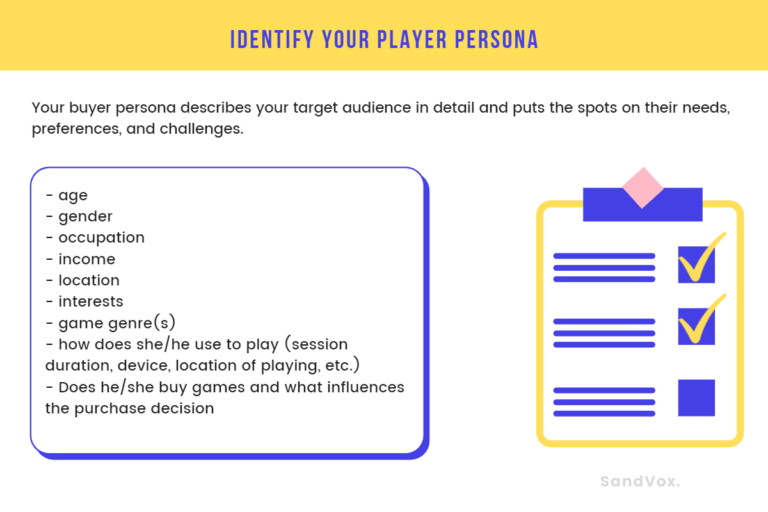
Why should you care about buyer personas?
Because determining buyer personas is the next logical and one of the most important steps in defining your marketing, product, and overall business strategy. And we can’t stress enough with this.
Identifying buyer personas helps you to find qualified leads and retain your existing clients. By micro segmenting your target audience, you can create personalized marketing and content campaigns that result in attracting high-value customers, improving your conversions and customer retention, and increasing clients’ loyalty.
In addition to helping you to understand how your buyers look like, and why they would be willing to play your game, target audience personas are important because:

#1 They help you target the right people at the right time with the right message
If you want to develop and implement successful game marketing strategies, then buyer personas are a core part of them. They give you an idea of what messages your audience will respond to and help you address the needs and concerns of each segment by creating tailored marketing messages.
#2 Buyer personas assist you in establishing your brand authority
Brand authority refers to the trust your brand/business has earned among customers over some time and the degree to which they see your brand as a thought leader in your industry. Many factors can influence your authority, some of the most important being an active online presence, compelling content, and engagement over social media.
The more trust your brand gains, the more customers will be willing to play your game and recommend you to others. You’ll see an increase in customer loyalty and retention, which is important in a such competitive market.
#3 They help tailor your products (games and additional products), messages, services, and business as a whole to meet your customers’ needs
The more you know about your target audience, the better you can meet their needs. Understanding their preferences and concerns allows you to create customized content that is helpful and valuable for them.
As a rule, your content strategy must include different content for each of your buyer personas. An excellent, creative and efficient content marketing strategy should maintain your brand’s style and tone of voice but vary according to who you’re targeting.
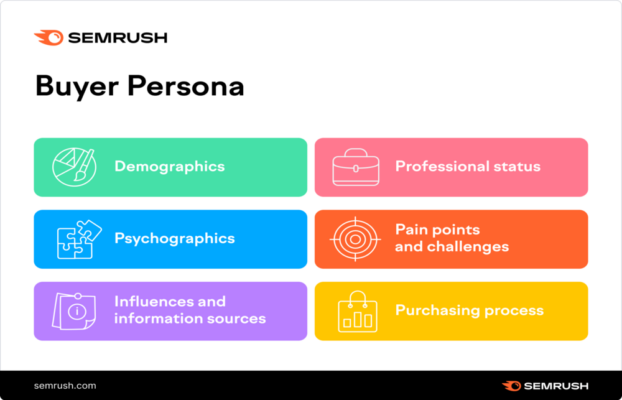
How do you successfully set up your buyer persona(s)?
Follow these steps:
- Collect personal information: if you want to have a realistic picture of your player personas, you should rely on real information. Collect details like age, geographic location, spending habits, and stage of life, the best methods being online surveys, forms, giveaways, and more. As most people like to remain anonymous, online surveys could be the best method.
- Include professional details: knowing the professional details of your target audience is important as they give you an understanding of their potential income and spending power.
- Find out their goals and challenges: when you know your consumers’ goals, you can understand their interests and have a clue about how your game might fit into their lifestyle. You can collect this information by social listening (a technique used to monitor social media for mentions of your brand) and by taking inputs from your sales team. The last one interacts directly with your real customers, so they know what people want to accomplish by purchasing or subscribing to your game.
- Where they are: If you want to know how to reach your audience, you need to figure out where to find them. Check out the gaming platforms they use, the games they play, the social networks they spend the most time on, and the type of content they consume. For example, if your buyer personas spend most of their time on Twitch, then this is a great place to reach them. This way you’ll send the right message to the right market at the right time.
- Negative information: Even if you think you don’t care about the negative buyer personas, they are also important because they represent the potential customers to whom you don’t want to sell. By knowing them, you save time and money, while directing your efforts to the right target audience. For example, they could be potential customers who are too expensive to acquire or anyone who doesn’t fall in your category of business interest.
- Values and fears: Understanding the positive and negative motivations of potential customers is the essence of great marketing. This information gives you a psychological view of your target audience and shapes your marketing strategy. In this way, you can create a narrative that your target personas connect with, improve lead generation and increase brand trust.
After gathering and combining all this information, it’s time to create your buyer(s) persona. To “humanize” it and make it real, give a name and set an avatar.
An example can be:
- Buyer persona name: Bob J.
- Age: 26- 30 years
- Avangardist: Likely to buy the latest gaming consoles when released in the market, or purchase the latest game releases online
- Interests: trends and changes in the gaming industry, familiar with esports and adventure games.
- Bottom line: Wants to watch, play, and own everything.
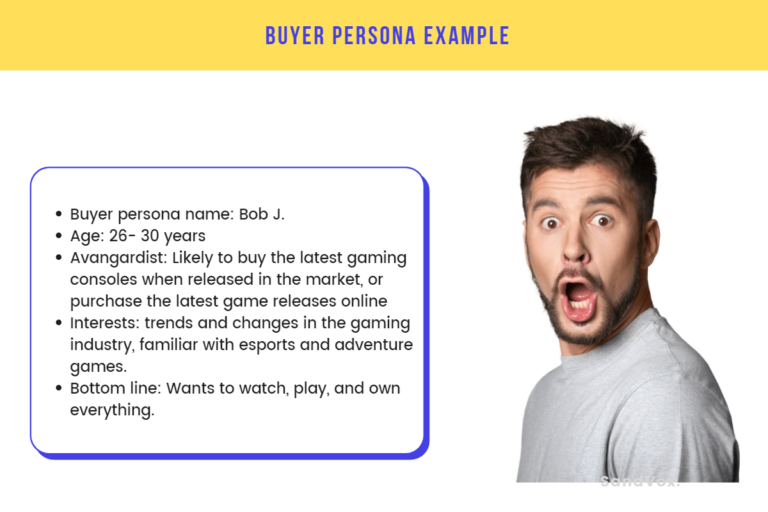
Tools for creating buyer persona(s)
Xtensio – This is a free tool that allows you to create your own buyer persona (among other tools for creating shareable documents and presentations). It’s an attractive and easy-to-use template that you can use for any business to get a handle on your clients fast. Create multiple personas, collaborate, edit, download, and share.
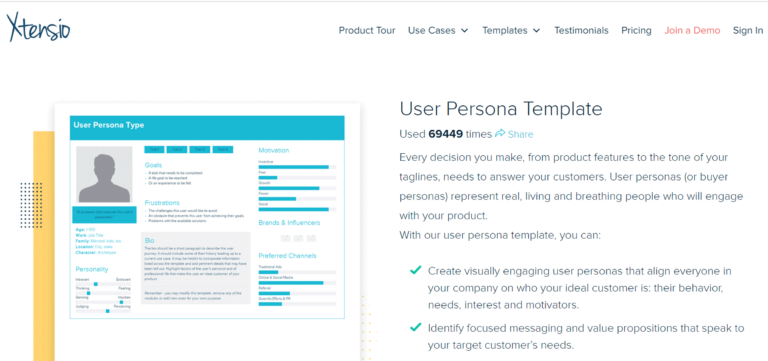
Userforge – unlike other user persona generators, Userforge gives you more freedom to create your own criteria. If you know what’s important to your marketing efforts in terms of segmenting your audience, then this might be the best tool for you. Create quotes, blocks of text, and lists to help you and your colleagues narrow down your ideal clients and focus your marketing efforts.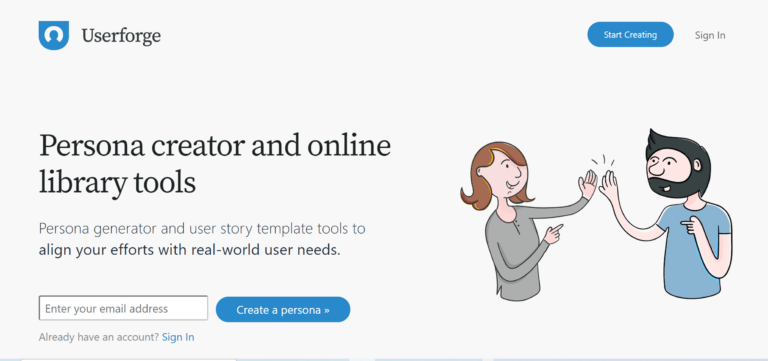
Smaply – gives you the tools to create buyer personas, journey maps, and stakeholder maps, so you have a visualization of your customer experience. It provides you with a smooth experience, as you can cooperate with your colleagues in creating the personas you need. Also, by combining the persona creator and journey maps you can describe the steps a customer takes before buying a product or using a service.
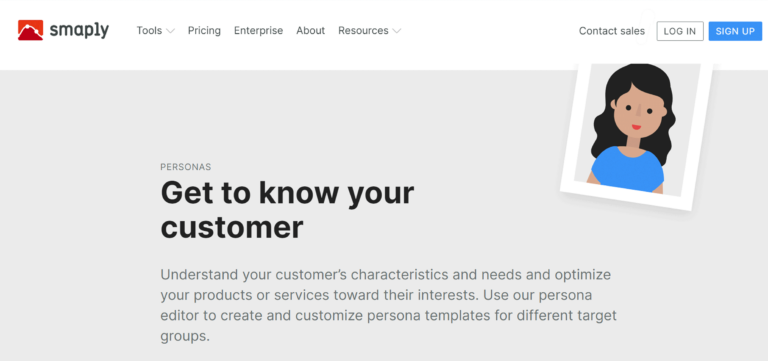
Final words
Finding your customers’ prototypes has multiple advantages. The more you can focus your PR and marketing efforts on the right target audience persona the more time and money you’re going to save in the long run. Creating a plan to understand your buyer persona is not an easy task, but these basic tips should set you in the right direction to properly market your games to the people who want to buy them.

